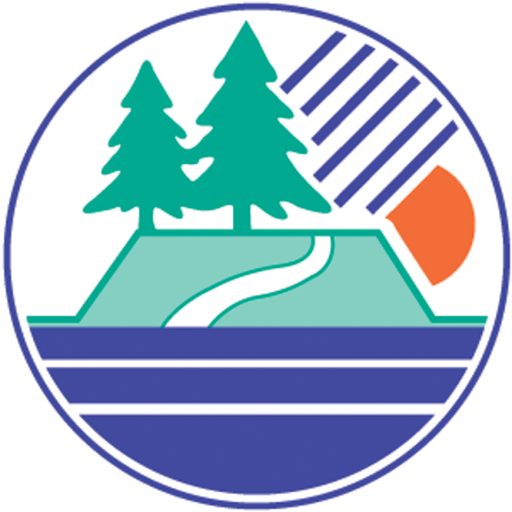Cross Connection Control
All lawn irrigation/sprinkler systems must have an approved double check valve assembly installed on the water line that provides supply to the sprinkler system. See below for more information.
A Cross Connection Program was implemented by the District in 1996 as required by Washington State Law, WAC-246-290-490.
A cross connection is any physical arrangement whereby the District’s water system is connected, directly or indirectly, with any other water system, sewer, drain, conduit, pool, storage reservoir, plumbing fixture, or other assembly which contains, or may contain, contaminated water, sewage or other waste or liquid of unknown or unsafe quality which may be capable of importing contamination to the public water system as a result of backflow. The most likely cross connections within the District’s water system are from lawn irrigation/sprinkler systems.
New and existing areas of potential cross connections require the installation of backflow prevention assemblies to counteract back pressure or prevent back siphonage into the District’s public water system. A double check valve assembly is usually required.
The purpose of the District’s cross connection program is to ensure the safety of your drinking water. The program identifies new cross connections, requires installation of backflow prevention assemblies, and requires assemblies to be tested on an annual basis. The tests are to ensure that the assemblies are not malfunctioning and allowing the potential for contamination of the District’s water. The test results are to be reported to the District each year by May 31st. This is the time of year when customers typically begin to activate their lawn irrigation/sprinkler systems.
The District will mail a current list of Certified Backflow Testers along with a test report in early Spring. You may contact the District and find out the name of the tester you used last year by calling our office at 425-868-1144. Testers may use the District’s testing form to report test results.
For more information on drinking water and cross connection control, go to the Washington State Department of Health Drinking Water website.
Protect Your Water Heater from Thermal Expansion
Protection from thermal expansion is provided in a plumbing system by the installation of a thermal expansion tank in the hot water system piping downstream of the hot water tank and a temperature and pressure relief valve (T & P Valve) at the top of the tank. The thermal expansion tank controls the increased pressure generated within the normal operating temperature range of the water heater. The small tank with a sealed compressible air cushion provides a space to store and hold the additional expanded water volume. The T & P Valve is the primary safety feature for the water heater. The temperature portion of the T & P Valve is designed to open and vent water to the atmosphere whenever the water temperature within the tank reaches approximately 210º F (99º C). Venting allows cold water to enter the tank.
The pressure portion of a T & P Valve is designed to open and vent to the atmosphere whenever water pressure within the tank exceeds the pressure setting on the valve. The T & P Valve is normally pre-set at 125 psi or 150 psi. Water heaters installed in compliance with the current plumbing code will have the required T & P Valve and thermal expansion tank. For public health protection, the District may require the installation of a check valve or backflow preventer downstream of the water meter. In these situations, it is essential that a T & P Valve and thermal expansion tank be properly installed and maintained in the plumbing system.
For further information contact a licensed plumber.
Related Topics
Requires free Adobe Acrobat Reader, click here to download
CONTACT
425-868-1144 (24 hrs)
3600 Sahalee Way NE
Sammamish, WA 98074
7:30 a.m. to 4:00 p.m.
Monday - Friday
Copyright © 2024 Northeast Sammamish Sewer and Water District. All rights reserved. Privacy Policy & Terms of Use
